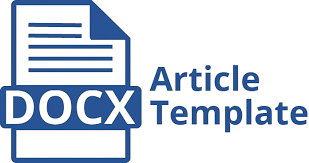Peer Review Process
All articles submitted to the Elementary School of Education Journal (ESEJ) will undergo a rigorous selection and scientific evaluation process to ensure originality, relevance, methodology, and significant academic contribution to the development of elementary school education.
The peer review procedure at ESEJ is carried out in the following stages:
1. Initial Review by the Editor (Editorial Screening)
Each submitted manuscript will be reviewed by the relevant editor:
• Compliance with the journal's focus and scope
• Compliance with the template
• Potential plagiarism using plagiarism detection software (Turnitin) with a maximum threshold of 20%
Manuscripts that do not meet these criteria will be rejected outright or returned for initial revision (desk rejection).
2. Double-Blind Peer Review
Manuscripts that pass the initial selection will be sent to two peer reviewers with expertise in the field of the manuscript.
This process is double-blind, where the identities of the authors and reviewers are concealed to ensure objectivity.
3. Review Period
Each reviewer is given a maximum of 2–4 weeks to evaluate the manuscript based on the following aspects:
• Novelty and scientific contribution
• Theoretical foundation and literature review
• Accuracy of research methods
• Clarity of results and discussion
• Consistency of conclusions with findings
• Writing style and use of scientific language
4. Review Decision and Follow-up
Based on the review results, the editor will make a decision:
• Accepted without revision
• Accepted with minor revisions
• Major revisions and resubmission for further review
• Rejected due to failure to meet scientific quality standards
The editor will communicate the complete review results and reviewer comments to the author for follow-up within the specified timeframe (generally 7–14 days for minor revisions, 14–30 days for major revisions).



